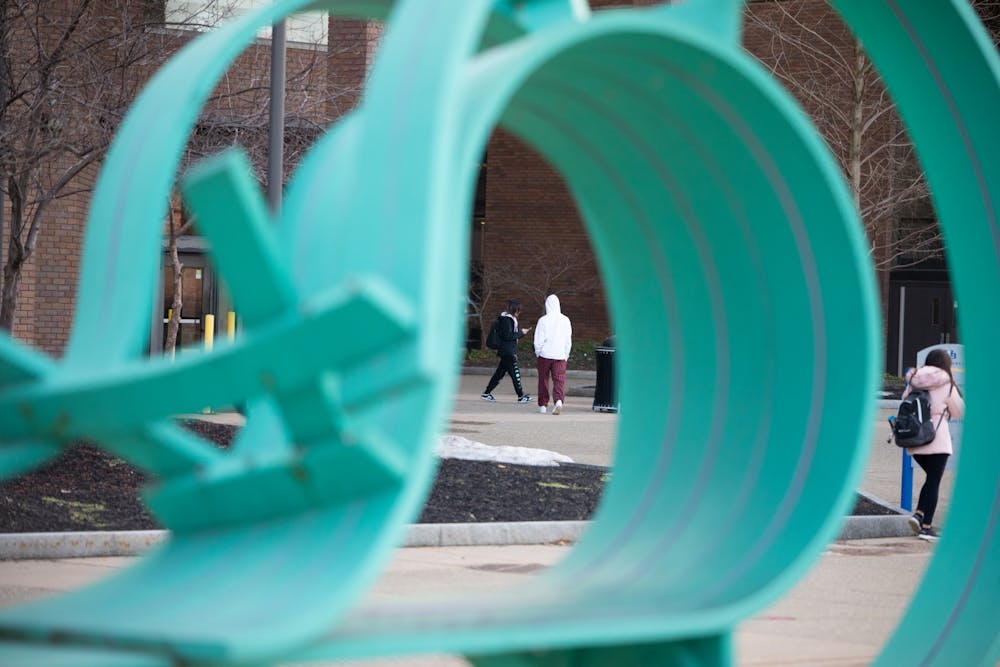Makaela Grijalva thought she was dreaming when an earthquake struck Buffalo this Monday morning.
Still half asleep at 6:15 a.m. Grijalva said the quake took her by surprise.
“I jumped off the bed, and I felt the floor lifting up and I’m like, holy s—t,” Grijalva, a freshman undecided major, said.
Alarmed, but unaware that what she experienced was an earthquake, Grijalva assumed the Buffalo wind was the cause of the commotion.
Other students also initially thought strong winds were shaking their buildings. Chelsea Muentes, a freshman from New York City, recalls her windows shaking and feeling like “the building was going to tip over.”
Many students were shocked to find out about the event, unaware of Buffalo’s perceivable earthquakes.
Augustine Peprah Frimpong, a junior media studies major, actually slept through the quake. He found out about it later that morning from his friends, whom he assumed were joking.
“It’s very jarring to be able to sleep through something so quakey,” Peprah Frimpong said. “I definitely kind of got worried because if this was a bad earthquake and the ceiling had collapsed onto me, I would have probably died.”
Dr. Nick Henshue, an ecology professor at UB, was unfazed by the seismic event.
Henshue says the Monday morning earthquake wasn’t like the ones he experienced while living in San Diego.
“There was no noise [in San Diego], it was just kind of this side to side undulation,” Henshue said. “As opposed to today [in Buffalo], it felt like it was the same kind of noise when they knocked down the towers at Tonawanda Coke.”
Dr. Tracy Gregg, a geology professor at UB, has lived in Buffalo since 1998. She was excited because, although she experienced three earthquakes before, this was the first one she felt.
“I immediately knew what was going on,” Dr. Gregg said. “And it’s Buffalo, so I wasn’t worried about damage or my safety or anything like that.”
Earthquakes are common in Buffalo due to the Clarendon-Linden fault system.
If the earthquakes are less than 2.5 magnitude, humans are unable to detect them without instruments. These small earthquakes occur several times a year.
According to research conducted by Robert Jacobi, a former geology professor at UB, “if the Clarendon-Linden fault system were to go off, it could generate a magnitude 6.0-6.5 earthquake.”
“The probability of this happening in our lifetimes is really, really low, —so low that I don’t worry about it,” Dr. Gregg said. “These smallish quakes will continue to happen though.”
The features desk can be reached at features@ubspectrum.com





